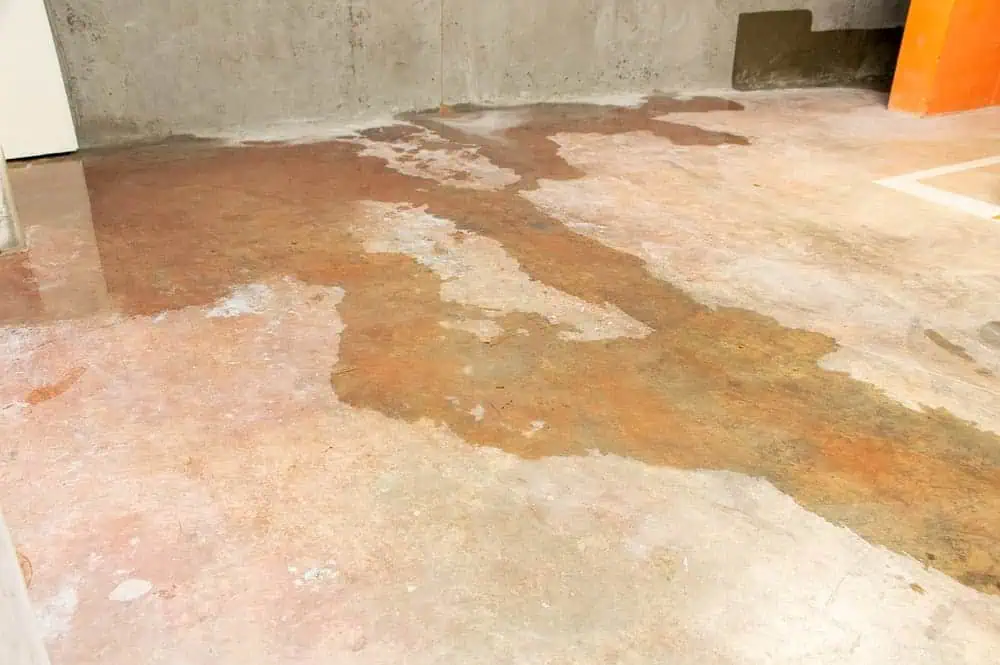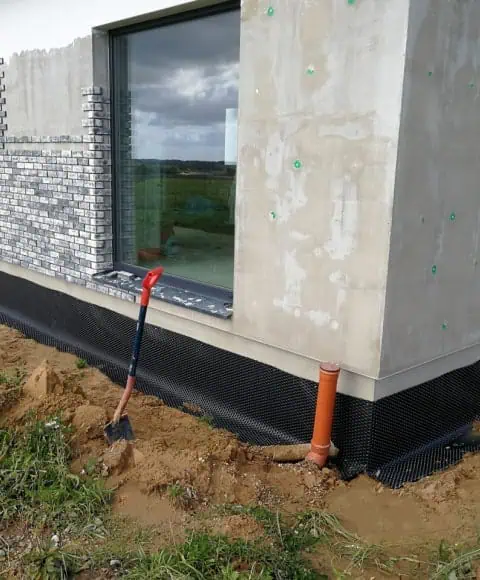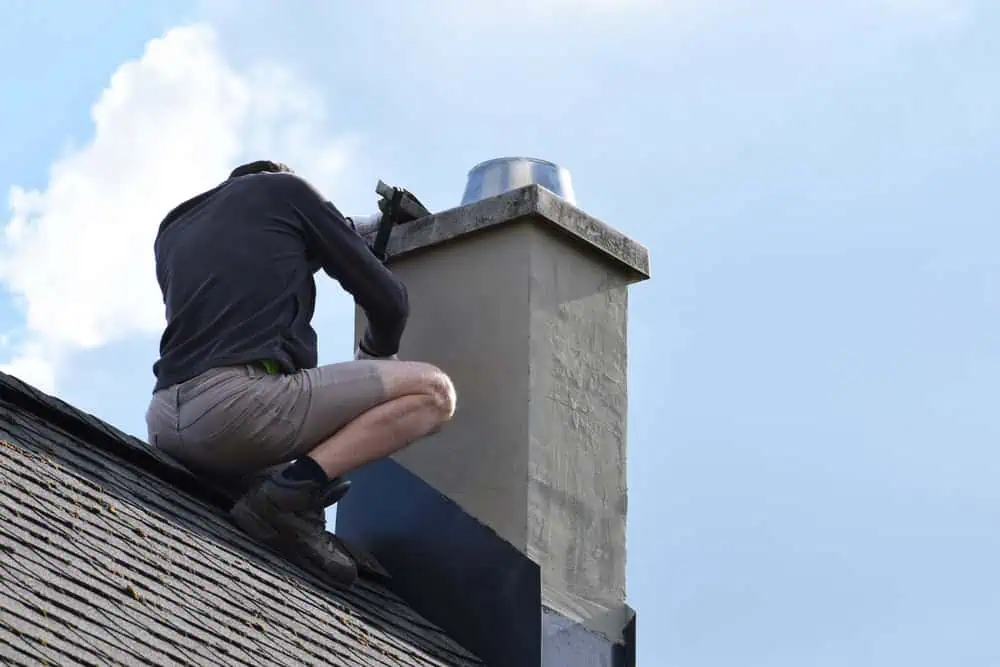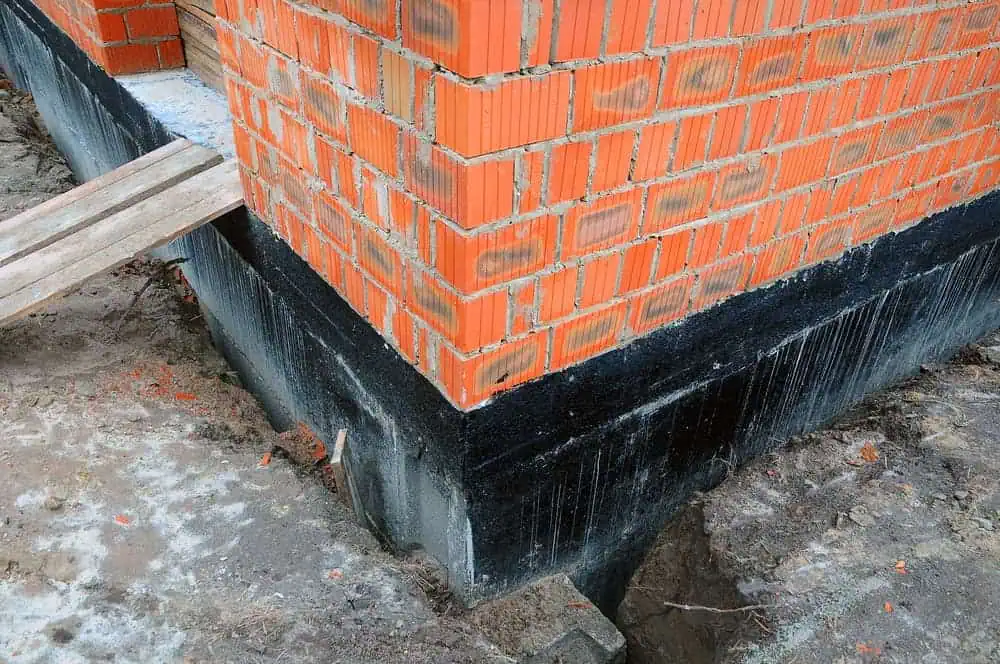Summary:
Why Boston Basements Need Professional Waterproofing
Boston’s unique challenges make basement waterproofing essential, not optional. Boston’s flood risk is on the rise, with sea levels projected to rise by three feet or more by the end of the century. Combined with the city’s aging infrastructure, this creates perfect conditions for basement water problems.
Over 70% of Boston’s housing units were built before 1970, with roughly 45% built before 1940—making Boston one of the cities with the oldest housing stock in the United States. These older homes often have outdated drainage systems and foundation materials that weren’t designed for today’s weather patterns.
The statistics are sobering. Reports show that approximately 98% of basements in the country will experience some form of water damage during their lifespan. In Boston’s climate, that number likely runs even higher due to freeze-thaw cycles, heavy rainfall, and coastal flooding risks.
Common Causes of Basement Flooding in Boston
Understanding why basements flood helps you recognize warning signs before disaster strikes. The Boston area, especially Back Bay, South Boston and the Boston Harbor area, are prone to frequent flooding due to low-lying lands often equipped with outdated drainage systems.
Foundation cracks represent the most common entry point for water. Boston’s freeze-thaw cycles expand and contract foundation materials, creating hairline cracks that widen over time. What starts as minor seepage becomes major flooding during heavy rains or snowmelt.
Poor exterior drainage compounds the problem. Many Boston homes have inadequate gutters, downspouts that discharge too close to the foundation, or grading that slopes toward the house instead of away from it. When spring storms arrive, all that water has nowhere to go except through your foundation walls.
Sump pump failures often occur during storms when overworked or poorly maintained pumps fail, causing water to pool and flood the basement. Old sump pumps that seemed fine during dry weather suddenly can’t handle the volume when you need them most.
Sewer backups create another serious threat. Boston’s aging sewer infrastructure can become overwhelmed during heavy rainfall, forcing sewage back through basement drains. This creates not just water damage but serious health hazards requiring professional remediation.
The key is recognizing these issues before they become emergencies. Strange odors, white powdery residue on walls, or small puddles after rain all signal developing problems that professional waterproofing can address.
The Hidden Costs of Ignoring Water Problems
Understanding why basements flood helps you recognize warning signs before disaster strikes. The Boston area, especially Back Bay, South Boston and the Boston Harbor area, are prone to frequent flooding due to low-lying lands often equipped with outdated drainage systems.
Foundation cracks represent the most common entry point for water. Boston’s freeze-thaw cycles expand and contract foundation materials, creating hairline cracks that widen over time. What starts as minor seepage becomes major flooding during heavy rains or snowmelt.
Poor exterior drainage compounds the problem. Many Boston homes have inadequate gutters, downspouts that discharge too close to the foundation, or grading that slopes toward the house instead of away from it. When spring storms arrive, all that water has nowhere to go except through your foundation walls.
Sump pump failures often occur during storms when overworked or poorly maintained pumps fail, causing water to pool and flood the basement. Old sump pumps that seemed fine during dry weather suddenly can’t handle the volume when you need them most.
Sewer backups create another serious threat. Boston’s aging sewer infrastructure can become overwhelmed during heavy rainfall, forcing sewage back through basement drains. This creates not just water damage but serious health hazards requiring professional remediation.
The key is recognizing these issues before they become emergencies. Strange odors, white powdery residue on walls, or small puddles after rain all signal developing problems that professional waterproofing can address.
Professional Basement Waterproofing Methods That Work
Effective basement waterproofing requires more than just applying sealant to walls. We use comprehensive systems designed to address water at its source and manage it properly when it does appear.
There are two main approaches to basement waterproofing: interior waterproofing and exterior waterproofing. The method you choose will significantly affect the basement waterproofing cost. Each approach has specific applications depending on your home’s construction and water issues.
The most effective solutions often combine multiple techniques. Our professional assessment determines which methods work best for your specific situation, soil conditions, and budget requirements.
Interior Waterproofing Systems and Drainage Solutions
Interior waterproofing manages water that has already entered your basement, channeling it safely away before it causes damage. Interior basement waterproofing involves installing solutions inside the basement to keep water out, often including waterproof paint, vapor barriers, and sump pumps. The cost of interior waterproofing typically ranges from $3 to $9 per square foot.
French drain systems represent the gold standard for interior drainage. These systems collect water along the basement perimeter and direct it to a sump pump for removal. Installing a French drain system can cost between $5,000 and $12,000, with price varying depending on whether the system is installed inside or outside your home.
Modern sump pump systems provide the heart of interior waterproofing. Installing a sump pump to keep your basement dry usually costs between $1,000 and $3,000, with additional costs for backup systems recommended in flood-prone areas. Battery backup systems ensure protection even during power outages when storms are most severe.
Vapor barriers and basement sealing create additional protection against moisture intrusion. These systems work particularly well in Boston’s climate where humidity and temperature fluctuations create condensation problems. Professional installation ensures proper sealing around pipes, windows, and other penetrations where water commonly enters.
Wall crack repair addresses specific entry points for water. Sealing foundation cracks can range from $500 to $1,500, depending on the size of the cracks and how many need repair. Professional injection techniques create permanent seals that flex with your foundation’s natural movement.
The key to successful interior waterproofing is comprehensive planning. We assess your entire basement system, not just obvious problem areas, ensuring water has no hidden pathways into your living space.
Exterior Waterproofing and Foundation Protection
Exterior waterproofing prevents water from reaching your foundation walls in the first place, making it the most effective long-term solution for serious water problems. This approach requires excavation around your home’s perimeter but provides comprehensive protection that interior methods can’t match.
Exterior foundation waterproofing cost ranges from $113 to $159 per linear foot, involving digging a trench on the outside of your home and installing waterproofing along the wall and foundation. While more expensive initially, exterior waterproofing often proves more cost-effective over time by preventing rather than managing water intrusion.
The process begins with careful excavation to expose foundation walls without damaging utilities or landscaping. We use specialized equipment to dig safely around your home’s perimeter, reaching below the frost line where water pressure is greatest.
Foundation wall preparation involves cleaning and repairing any existing damage before applying waterproofing materials. Cracks get sealed, rough surfaces smoothed, and the entire wall prepared for membrane application. This attention to detail ensures the waterproofing system bonds properly and lasts for decades.
Modern waterproofing membranes provide superior protection compared to older tar-based systems. These advanced materials remain flexible in Boston’s freeze-thaw cycles while creating an impermeable barrier against water penetration. Professional installation includes proper overlap and sealing at all joints and penetrations.
Drainage tile installation complements the waterproofing membrane by collecting any water that does reach foundation level and directing it away from your home. These perforated pipes, surrounded by graded gravel, create a path of least resistance for groundwater, preventing hydrostatic pressure buildup against foundation walls.
Proper backfill and grading complete the exterior waterproofing system. We use specific soil types and compaction techniques to ensure water flows away from your foundation while providing adequate support for your home’s structure.
Choosing the Right Basement Waterproofing Contractor in Boston
Professional basement waterproofing protects your home, your family’s health, and your financial investment. The key is working with experienced contractors who understand Boston’s unique challenges and use proven methods to keep your basement dry.
The average cost of basement waterproofing in Boston depends on the size, method, and home conditions, with homeowners typically paying between $4,000 and $12,000. While this represents a significant investment, it’s far less than the cost of repeated water damage, mold remediation, and structural repairs.
Look for contractors with extensive local experience, proper licensing and insurance, and a track record of satisfied customers. The right professional will assess your specific situation, explain your options clearly, and provide a comprehensive solution designed for long-term protection. When you’re ready to protect your Boston home from water damage, we at Academy Masonry bring over 25 years of experience helping homeowners solve their basement water problems with reliable, professional solutions.




